Commercial Classroom: The changing office environment - by Edward Smith
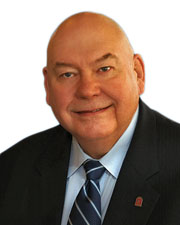
Smith Commercial Real Estate
This column is offered to help educate agents new to commercial and investment brokerage and serve as a review of basics for existing practitioners.
In the “old” day’s office space was figured at 250 s/f per employee, with each employee having their own desk and a significant number of private offices. In the 1980s, the firm Ernst and Young realized that most of their workforce spent most of their time out in the field rather than in the office. They invented the concept of “hoteling,” reducing the number of desks and private offices, by having employees share them. Employees would schedule an appointment to use desk space as needed. The overall amount of space needed for their offices was dramatically reduced to 100 s/f per person.
As time went on some firms followed the model, others modified it by eliminating most of the desks and replacing them with assigned cubicles next to each other. This reduced the overall space requirements to around 150 s/f per employee, but they each had their own space.
Today, because of the pandemic, the design of “efficient” office space will be changing again. The work at home, part, or full time, will be continuing in many firms. But social distancing and other requirements ensuring the health and safety of the workers must be incorporated into the workplace. This will certainly increase the necessary square footage per person offsetting the space reduced by the at home workers.
Most states have developed COVID-19 guidelines and some states are mandating changes. Some of the common directives are:
- Rearranging the office space so there is six ft. of distance between employees and to stagger the desks or cubicles to avoid sitting opposite another person. In addition, install partitions between workers.
- Reduce occupancy to 50% and minimizing visitors.
- Where possible create clearly marked one-way traffic flows and install social distance markers to remain six ft. apart.
- Segment the space into work zones and encourage employees to remain within their workspace; discourage non-essential walking around.
- Minimize employees using shared equipment, and clean after every use.
- Provide hand sanitizer throughout the office
- Close or remove non-essential amenities (i.e. coffee station, coat room) where employees would congregate. Close the conference room; use virtual conferencing instead.
- Stagger working hours, allow work at home, full- or part-time to reduce the number of employees in the office at any given time.
- Post signs and train employees on the expected office protocols for social distancing and using elevators, cleaning and disinfecting, personal protection (use of masks and gloves), and to stay home if they feel ill.
Ventilation is a major area of concern. Where possible increase the amounts of outdoor air coming into the building and increase ventilation rates. Buildings should have or install high efficiency particulate air filters with a Minimum Efficiency Reporting Value (MERV) rating capable of filtering COVID-19 particles. A MERV rating of 11 or 12 is okay, but a MERV rating of 13 is most desirable.
This has created a problem in New York City which has current laws that all building over 25,000 s/f must have their building benchmarked and file an annual report. Benchmarking is measuring how much energy, electricity, and water the building uses and the amount of carbon emissions the building produces.
NYC Local Law 97 a part of the Climate Mobilization Act enacted in May 2019, is focused on reducing buildings carbon emissions. The law established carbon emission limits for every type of building. Starting in 2024 building owners must submit an annual Carbon Intensity Report and if their buildings carbon emissions exceed those limits, they will be subject to severe fines. The problem is the MERV air filters will combat the virus but the more outside air you bring into a building and the higher rated your filter is, the more energy you will use and more carbon emissions are created. This is a new issue that has yet to be resolved. The NY governor has mandated the use of these MERV filters in malls.
Who is going to pay for these health and safety capital improvements to buildings? The owners are! However, under the Coronavirus Aid, Relief and Economic Security (CARES) Act qualified improvement property was made eligible for bonus depreciation. 100% of the cost of the qualified improvement property can be taken as depreciation in the year it was purchased. This is defined as any improvement made by the taxpayer to an interior portion of a building which is nonresidential real property if such property was placed in service after the date the building was originally placed in service. However, improvements related to the enlargement of a building, any elevator or escalator, or the internal structural framework are specifically excluded from the definition of qualified improvement property.
Effective in 2018 for nonresidential real estate roofs, heating, ventilation, air conditioning, fire protection and alarms and security systems were added to the qualified improvement property definition. So, all the expenses we have discussed related to making the workplace safe, will qualify for the bonus depreciation. As always everyone should discuss any tax matters with their accountant or tax advisor.
Edward Smith. Jr. CREI, ITI, CIC, GREEN. MICP, CNE, e-PRO and CIREC program developer, is a commercial and investment real estate instructor, author, broker, speaker and a consultant to the trade.
Suffolk County IDA supports expansion of A&Z Pharmaceuticals


The evolving relationship of environmental consultants and the lending community - by Chuck Merritt
When Environmental Site Assessments (ESA) were first part of commercial real estate risk management, it was the lenders driving this requirement. When a borrower wanted a loan on a property, banks would utilize a list of “Approved Consultants” to order the report on both refinances and purchases.


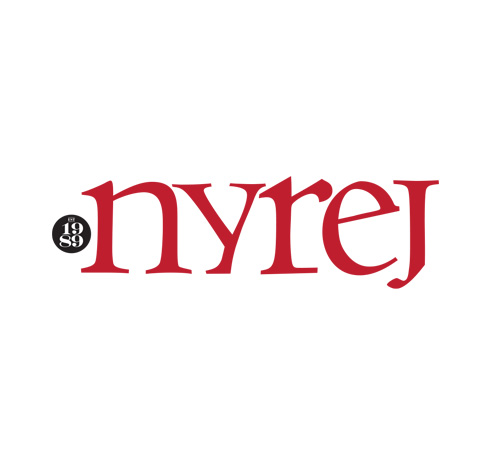
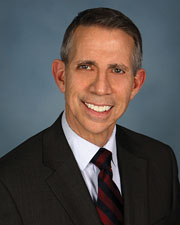
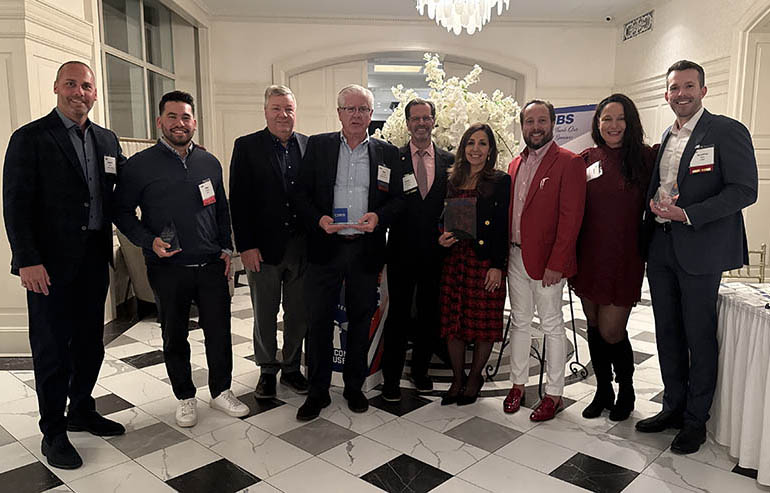
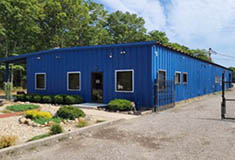
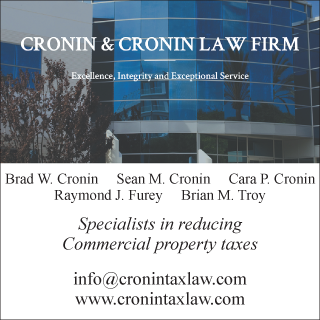

.gif)
.jpg)